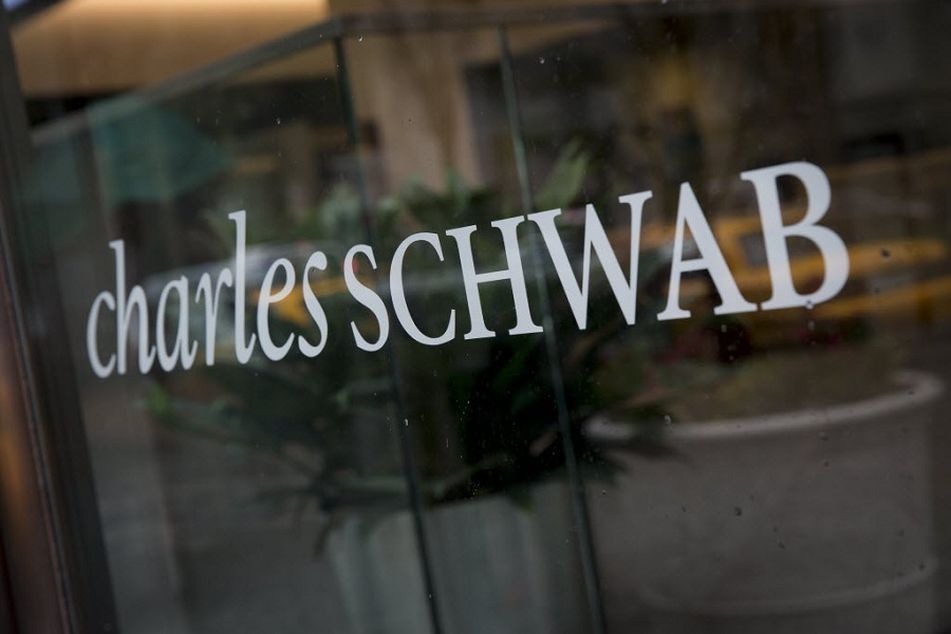Schwab-TD deal could create ‘repapering nightmare’ for thousands of RIAs
 1
1
The anticipated $26 billion transaction will likely shutter one of the big custodial platforms.
For one reason or another, financial advisers usually prefer working with some custodians over others, which is why the noisy rumors that Charles Schwab Corp. is planning to buy TD Ameritrade Holding Corp. is sending large swaths of independent financial advisers into scramble mode.
“I am really sad about this merger, because I love doing business with TD and the support they give to independent fee-only fiduciary advisers,” said one adviser, who asked not to be identified for this story.
“If clients have to move to the Schwab platform, it will be a major, major hassle and headache for both advisers and clients,” the adviser added.
On the flip side, Charles Weeks Jr., founding partner at Barrister Wealth Management, is hoping TD can bring some technology upgrades to Schwab.
“I’m very excited,” he said. “Currently we are on the Schwab platform and what that platform lacks, namely technology, Ameritrade seems to do well. Hopefully, they’ll be able to integrate the platforms and take the best of each.”
Regardless of how a consolidation of two of the largest custodians might play out, it is unlikely the combination of more than 14,000 advisers and nearly $2.5 trillion in custody assets would be held on two separate platforms.
[More: Walt Bettinger lays out Schwab’s plan with zero-commission trading]
While representatives from San Francisco-based Schwab and Omaha, Neb.-based TD are not responding to requests for comment, and no official announcement has yet been made, it is considered a safe assumption that the $26 billion acquisition of TD by Schwab will eventually force at least 7,000 advisers and their clients to switch custodial platforms.
In addition to advisers being steered toward a custodian that might not have been their first choice, the transition triggers a migraine-level headache known colloquially as “repapering” client accounts.
“Repapering means getting new signatures from every client for things like fee arrangements, discretion and advisory agreements,” said Dennis Nolte, vice president at Seacoast Investment Services.
Mr. Nolte went through the repapering process with his clients two years ago when the Jackson National broker-dealer he was affiliated with was acquired by LPL, where he now operates under LPL’s registered investment adviser.
“That’s why many advisers stay where they are, because the whole idea of moving clients to a new custodian is brutal,” he said.
It’s not uncommon for RIAs to work with more than one custodian. Sometimes new custodial relationships come with new clients, and sometimes larger RIAs in acquisition mode will maintain multiple custodial relationships in order to better absorb new RIAs.
But when two custodians become one, the notion of repapering and perhaps transitioning to a less-preferred custodian is expected to drive a certain amount of attrition.
“Since they have to repaper anyway, a lot of advisers will see this as a good time to kick the tires,” said Robb Baldwin, founder and chief executive of Trade PMR, a custodian servicing approximately 400 RIAs.
Stacking the potential Schwab-TD deal up against the ongoing conversion of Trust Co. of America into ETrade’s custodial business, Mr. Baldwin speculated that “2020 will probably be the most disruptive year for financial advisers.
“There will be a lot of advisers going through a lot of pain,” he said. “In 1998, Trade PMR was birthed from a situation just like this.”
At that time, Mr. Baldwin was an RIA affiliated with Jack White & Co., which custodied assets at Pershing, when the brokerage was acquired by Toronto-based Waterhouse, a precursor to TD Ameritrade.
“We spent 90 days digging through statements and it was a nightmare,” Mr. Baldwin recalled. “In the process of that, some positions didn’t get moved, clients lost costs basis and linkages to accounts, some positions were just sitting in an omnibus account. It was an unbelievable nightmare for my clients. I got a black eye for something I had no control over.”
Mr. Baldwin acknowledges that technology has evolved over the past 20 years and that a combined Schwab-TD entity would try to handle much of the heavy lifting, but he believes consolidation is inevitable.
“I think the custodians will try to take on as much of the lift as possible, but the only way to monetize these two systems is put everything on one platform,” he said.
Even for RIAs who might be game for the change, there is no way of knowing at this point how the Schwab platform will mesh with the TD platform, which tends to cater to smaller advisory firms.
“The potential of Schwabtrade is already raising worries from smaller RIAs at TD that once Schwab pulls them in, they’ll get kicked off for being too small,” said Michael Kitces, partner and director of wealth management at Pinnacle Advisory group and co-founder of XY Planning Network, where a majority of planners custody with TD.
“Since the whole point of this deal for Schwab is to bulk up assets and get better economies of scale, I suspect we won’t see small TD advisers get the boot anytime in the next few years at least,” Mr. Kitces said. “However, they will likely get bottom-tier Schwab service teams and little other support.”
Learn more about reprints and licensing for this article.








